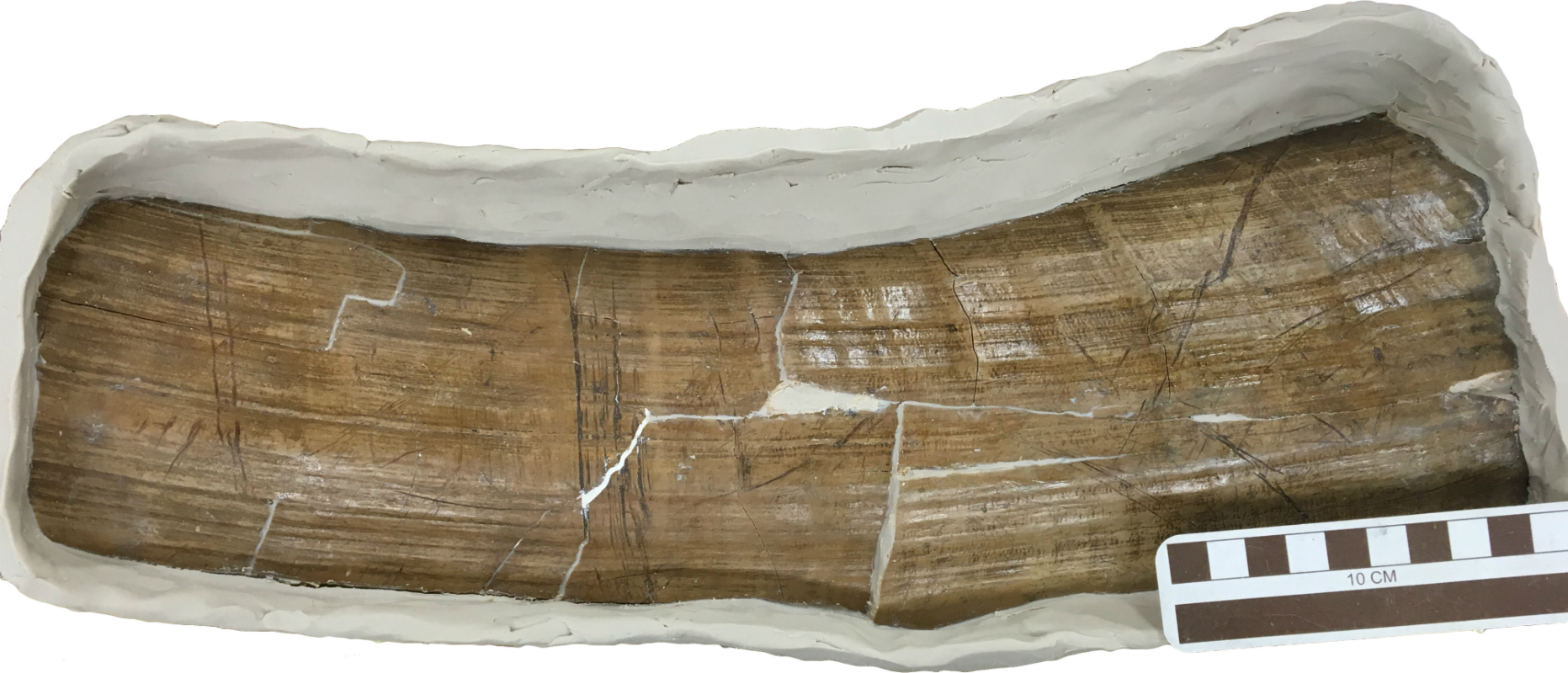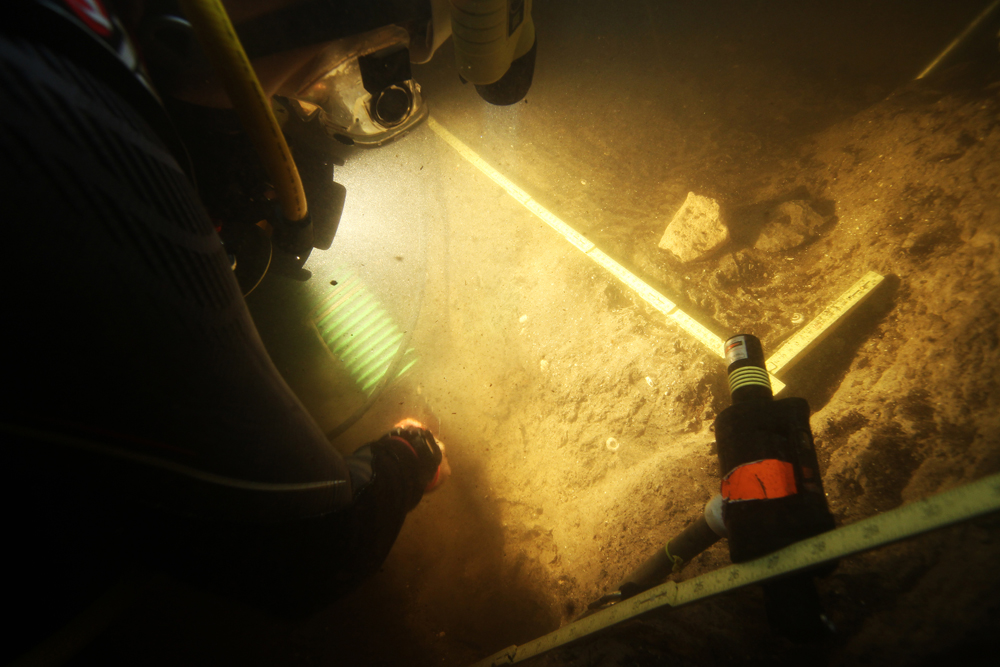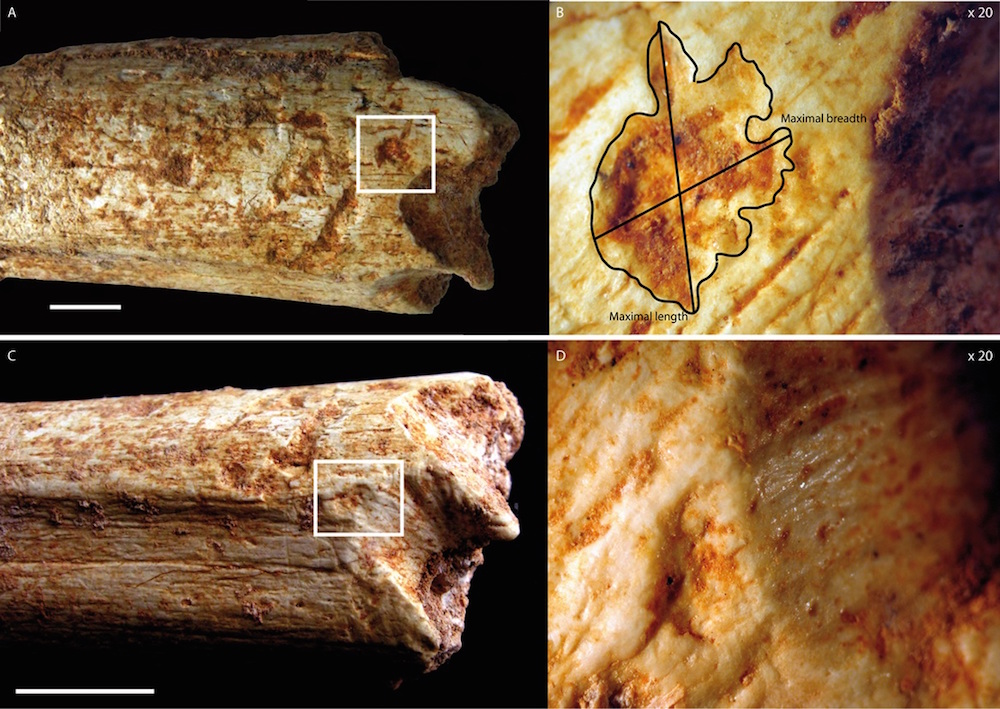Caves
Latest about caves
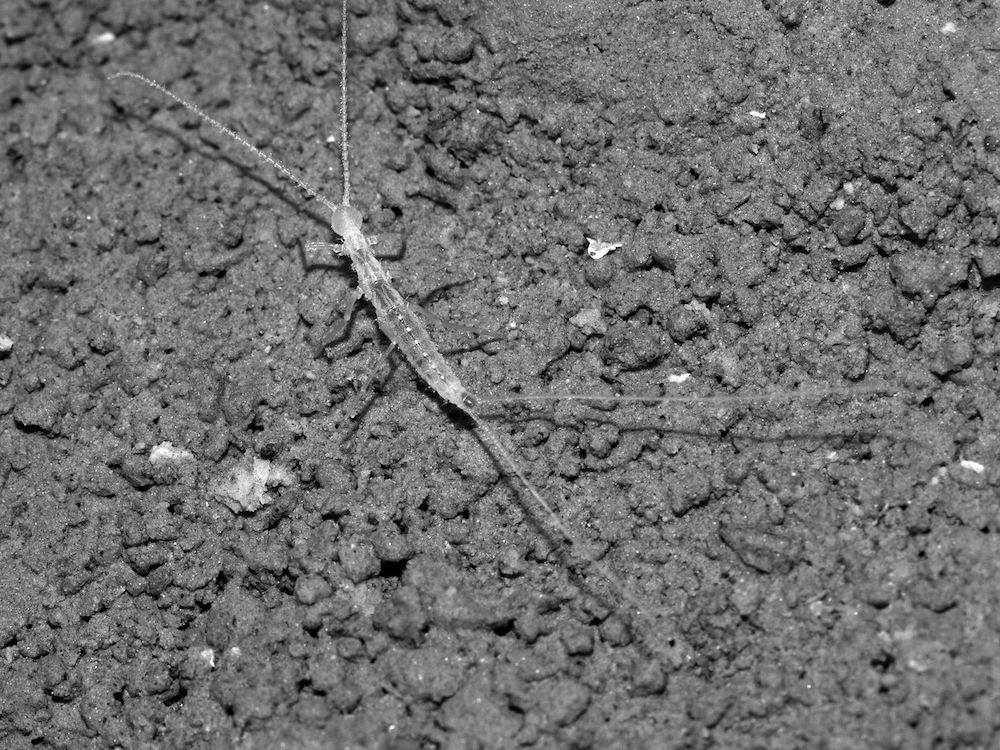
New Cave-Dwelling Eyeless Creature Baited with Stinky Cheese
By Doris Elin Salazar published
A pale, slender creature was found in a cave with the help of smelly cheese.
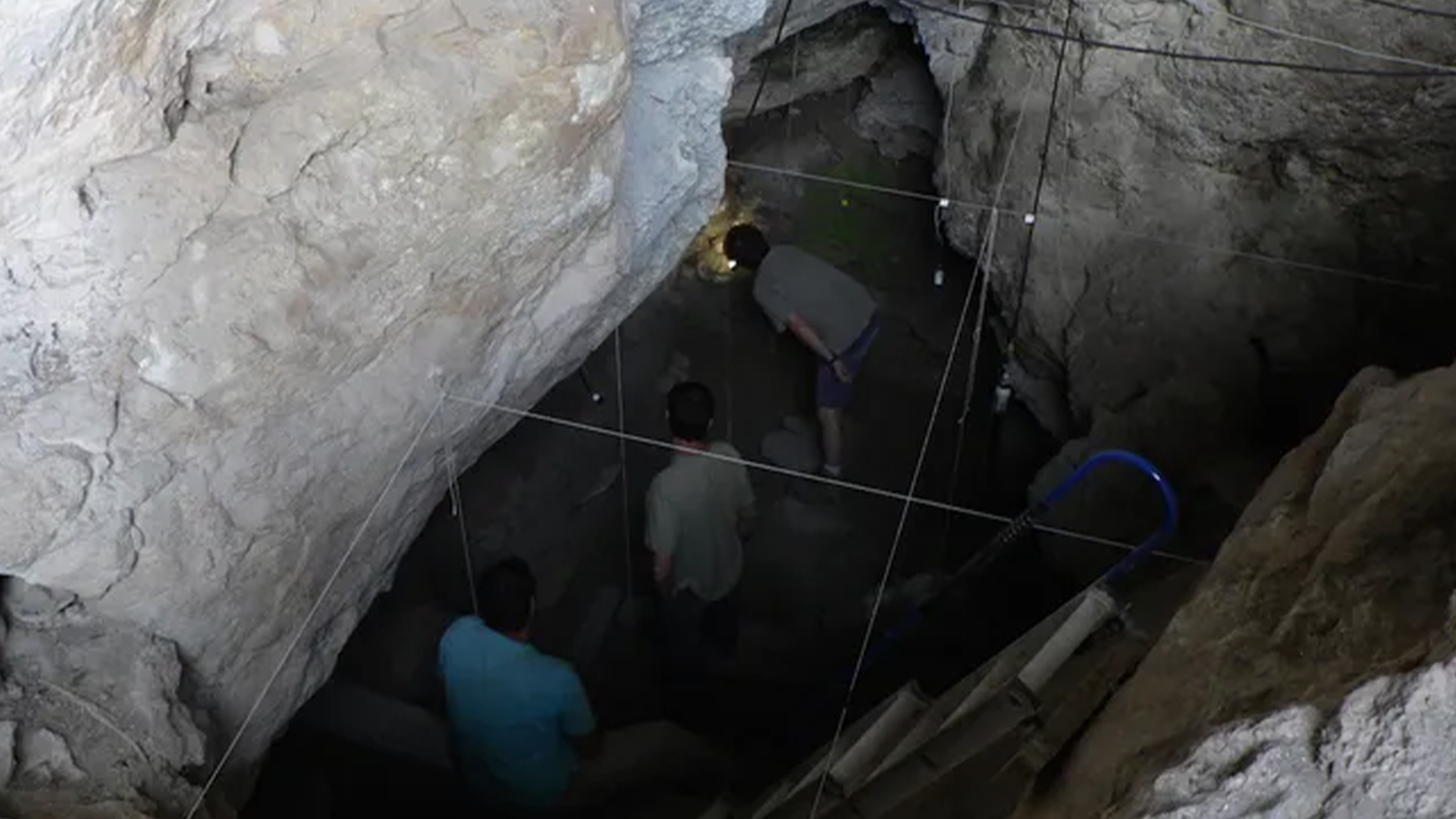
Nom Nom Nom: Prehistoric Human Bones Show Signs of Cannibalism
By Laura Geggel published
Human cannibals likely took a big bite out of their fellow humans about 10,000 years ago, according to a study that examined prehistoric bones with scratch and bite marks on them.
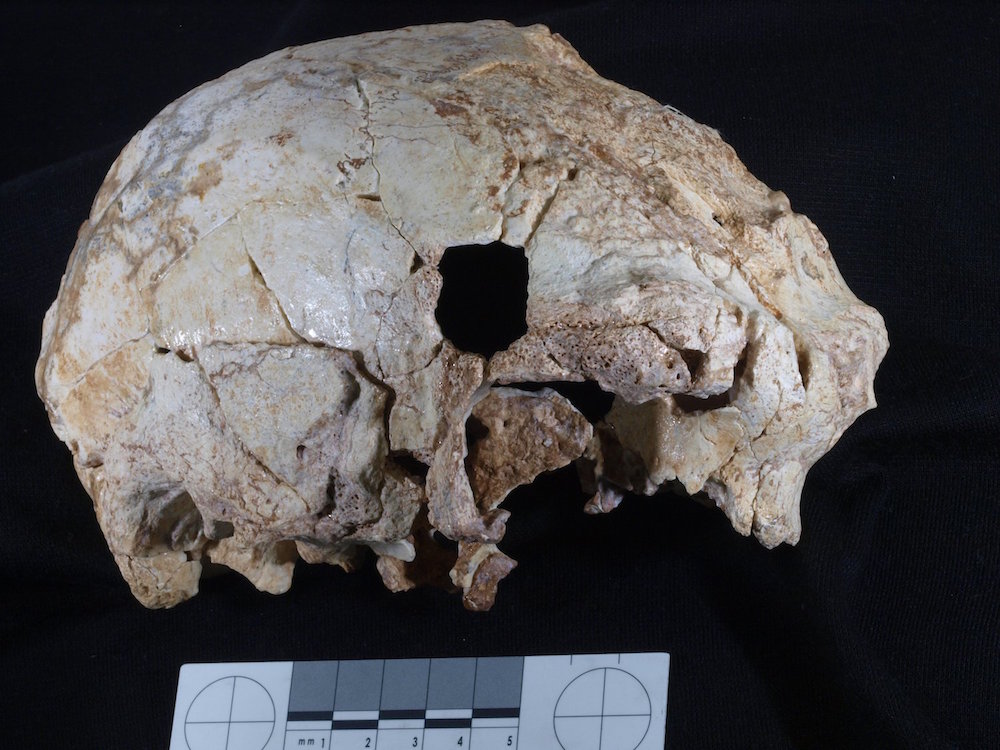
Is This 400,000-Year-Old Hominin the Great Grandpa of Neanderthals?
By Laura Geggel published
A newfound, 400,000-year-old hominin skull has a few telltale features suggesting that it's more of a Neanderthal than a Homo sapiens relation, a new study finds.
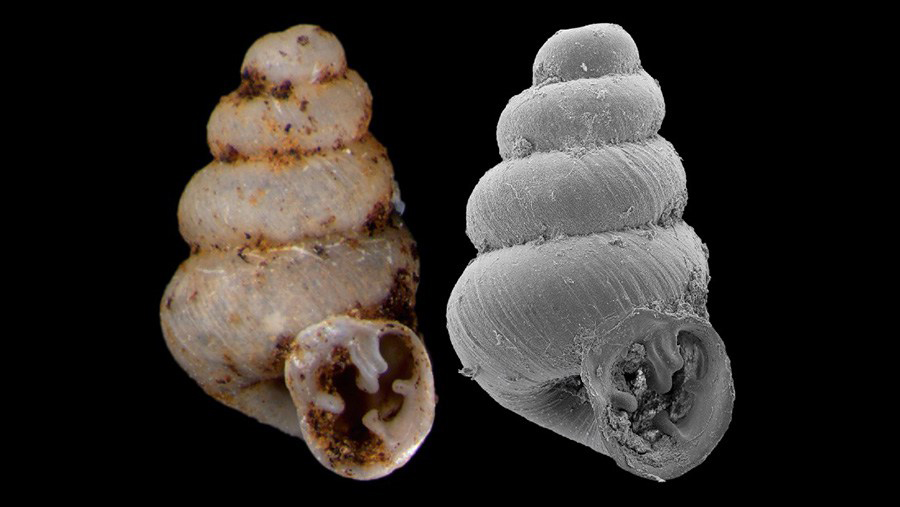
Cave-Dwelling Snail Named for D&D Goddess of Darkness
By Mindy Weisberger published
A new species of land snail that lives underground in Brazil was named for a character in the popular role-playing tabletop game, Dungeons & Dragons.
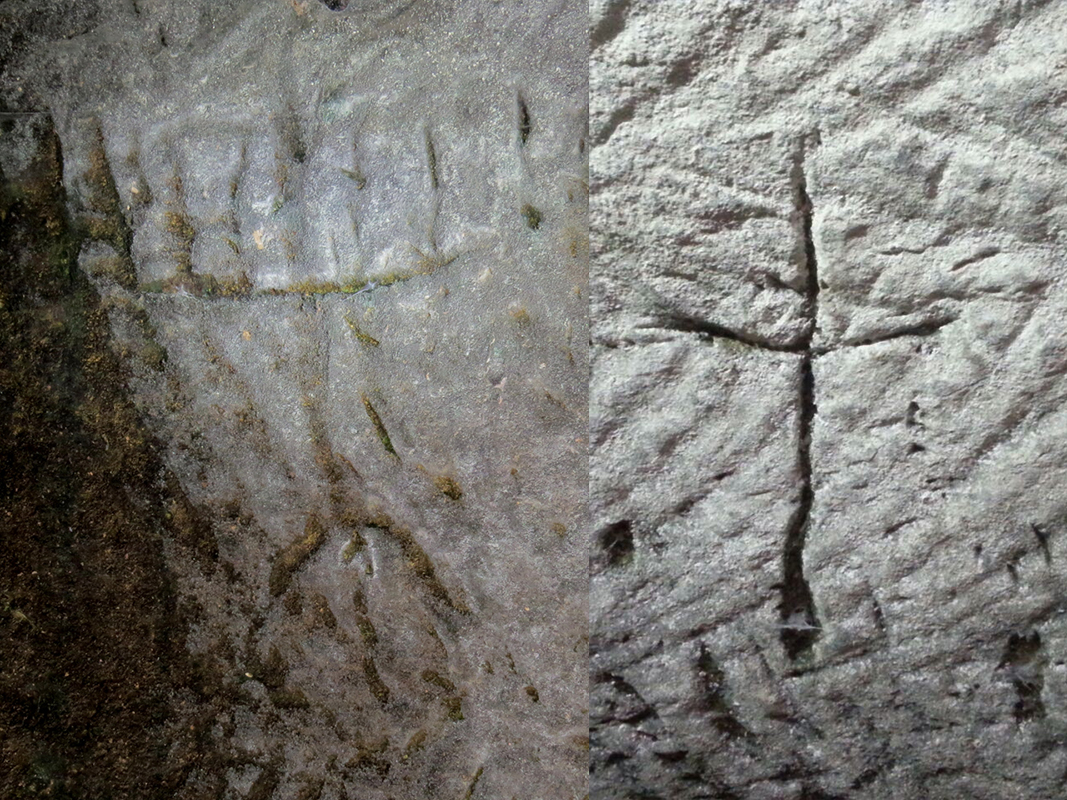
Ancient Cross and Menorah Carvings Found Side by Side
By Mindy Weisberger published
Hikers exploring caves in southern Israel recently made an unexpected discovery: engravings of a cross and a menorah located close together on a cistern wall.
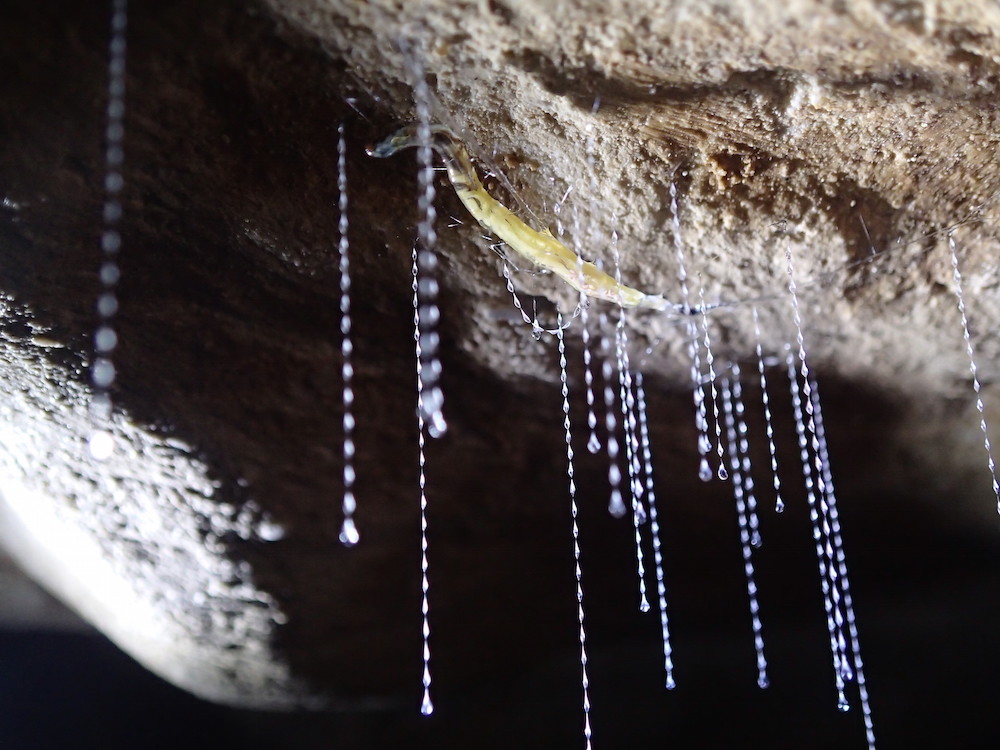
Glowworms Spit Out Urine Ingredient to Make Webs Sticky
By Laura Geggel published
Glowworms create dazzling threads to trap unsuspecting insects. And now, researchers think they may have found the secret ingredient in the worms' traps: urea from their guts.
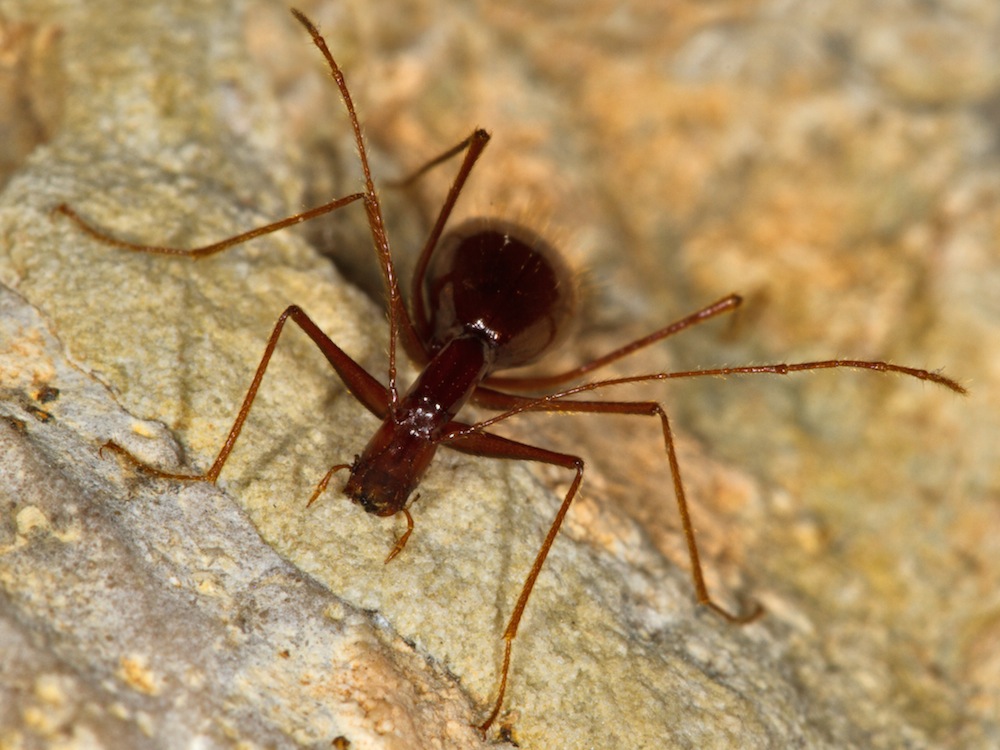
Scary Cave Spider? No, They're New Beetle Species
By Stephanie Pappas published
Two new species of spidery cave beetle have been discovered.
Sign up for the Live Science daily newsletter now
Get the world’s most fascinating discoveries delivered straight to your inbox.
